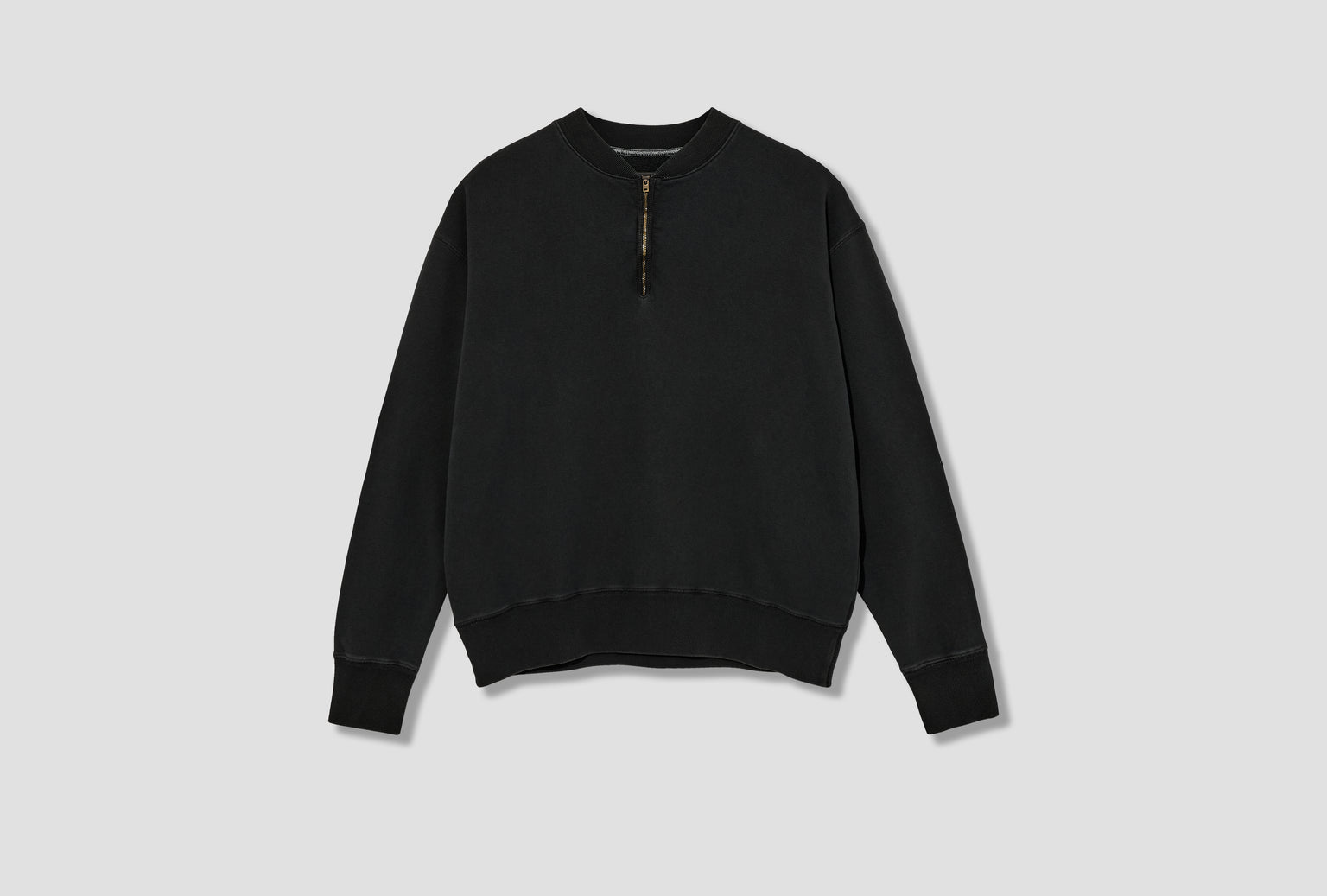Maison Margiela
Maison Margiela, founded by Belgian designer Martin Margiela in 1988, is renowned for its avant-garde designs and deconstructivist approach to fashion, challenging traditional norms with anonymity and innovation.
Flip to portraitmode
Maison Margiela, founded by Belgian designer Martin Margiela in 1988, is renowned for its avant-garde designs and deconstructivist approach to fashion, challenging traditional norms with anonymity and innovation.

SPORTSJACKET S50AM0646 M30024 Navy Maison Margiela, Jacket
Available sizes

POLO SHIRT S50GL0061 M13098 Navy Maison Margiela, Long sleeve polo
Available sizes

SHOPPING VERTICAL BAG SB1WC0024 P8611 Black Maison Margiela, Bag

TABI ANKLE BOOTS H30 S57WU0153 PR058 T2358 Brown Maison Margiela, Boots
Available sizes

SWEATSHIRT S50GU0242 S25570 Grey Maison Margiela, Sweatshirt
Available sizes

PULLOVER SI1HA0013 S17781 Black Maison Margiela, Cardigan
Available sizes

REPLICA S57WS0236 P1895 101 Off white Maison Margiela, Sneakers
Available sizes

REPLICA S57WS0236 P1895 T2289 Light brown Maison Margiela, Sneakers
Available sizes

TABI LOAFERS BABOUCHE S57WR0117 P8158 T5079 Burgundy Maison Margiela, Shoes
Available sizes

TABI LOAFERS BABOUCHE S57WR0117 P3292 H8396 Black Maison Margiela, Shoes
Available sizes

BOOTLEG S50TL0028 S17868 Black Maison Margiela, Socks
Available sizes

TABI BABOUCHE S57WR0051 PR058 T8013 Black Maison Margiela, Shoes
Available sizes

TABI ANKLE BOOTS FLAT S57WU0134 PR058 T8013 Black Maison Margiela, Boots
Available sizes

WALLET CLIP 3 SA3UI0012 P4806 Black Maison Margiela, Wallet

CARD HOLDER ZIP EW SA1VX0003 P4806 Black Maison Margiela, Wallet

WALLET FLIP FLAP MEDIUM SA1UI0009 P4806 Black Maison Margiela, Wallet

LONG-SLEEVED SHIRT S50DT0037 MTN024 Black Maison Margiela, Shirt
Available sizes

SPORTSJACKET SI1AM0001 S47739 Petrol Maison Margiela, Jacket
Available sizes

SWEATER S50GP0302 S18151 Light blue Maison Margiela, Knitwear
Available sizes

POLO SHIRT S50GL0045 S18204 Off white Maison Margiela, Polo
Available sizes

TABI BABOUCHE S57WR0051 T2358 Brown Maison Margiela, Shoes
Available sizes

Maison Margiela, founded in 1988 by the enigmatic Belgian designer Martin Margiela, is one of the most influential and avant-garde fashion houses in the world. Known for its conceptual approach and deconstructionist style, the brand redefined fashion by challenging traditional norms of design, craftsmanship, and presentation. Martin Margiela, a graduate of the Royal Academy of Fine Arts in Antwerp, worked under Jean Paul Gaultier before launching his own label in Paris. His aesthetic was heavily influenced by a desire to break away from the conventions of luxury fashion, favoring anonymity, experimentation, and a rejection of the celebrity culture that often defines the industry.
From its inception, Maison Margiela disrupted the fashion world with its innovative and often unconventional designs. The brand became famous for its deconstructed garments, inside-out tailoring, visible stitching, and raw edges, all of which reflected Margiela’s philosophy of exposing the inner workings of a piece. This concept of "deconstruction" not only redefined how clothes could be made but also sparked a broader dialogue about the very nature of fashion, art, and consumption. Maison Margiela’s collections often repurposed vintage or discarded materials, reflecting the brand’s commitment to sustainability long before it became a widespread concern in the industry.
One of the brand’s most distinctive characteristics is its commitment to anonymity. Margiela himself famously shunned the spotlight, refusing interviews and never appearing at the end of his runway shows, which were often held in unconventional locations such as warehouses and subway stations. Even the label on Maison Margiela’s clothing, a simple white rectangle held by four visible stitches, became iconic for its understatedness, reinforcing the idea that the clothes—and not the designer—should take center stage.
Maison Margiela also became known for its conceptual presentations, often blurring the line between fashion and performance art. The house frequently challenged traditional ideas of beauty, using models of all ages and sizes and experimenting with gender-neutral designs. These elements combined to make the brand a beacon for intellectual, boundary-pushing fashion, earning a loyal following among fashion insiders, artists, and forward-thinking consumers.
In 2009, after more than two decades of leading the brand, Martin Margiela quietly stepped away, leaving the label without a public face. In 2014, John Galliano, the former creative director of Dior, was appointed as the house’s new artistic director. Galliano’s arrival marked a new chapter for Maison Margiela, as he continued to honor the brand’s avant-garde roots while bringing his own flair for drama and couture-level craftsmanship. Under Galliano, the brand has continued to push boundaries, combining Margiela’s conceptual ethos with Galliano’s theatrical sensibility.
Today, Maison Margiela is celebrated as a pioneering force in fashion, revered for its intellectual rigor, its subversion of traditional luxury, and its ongoing exploration of identity, construction, and beauty. The house’s influence is seen not only in the fashion industry but also in broader cultural conversations about creativity, sustainability, and the role of fashion in contemporary society.
CART
0 ITEMS